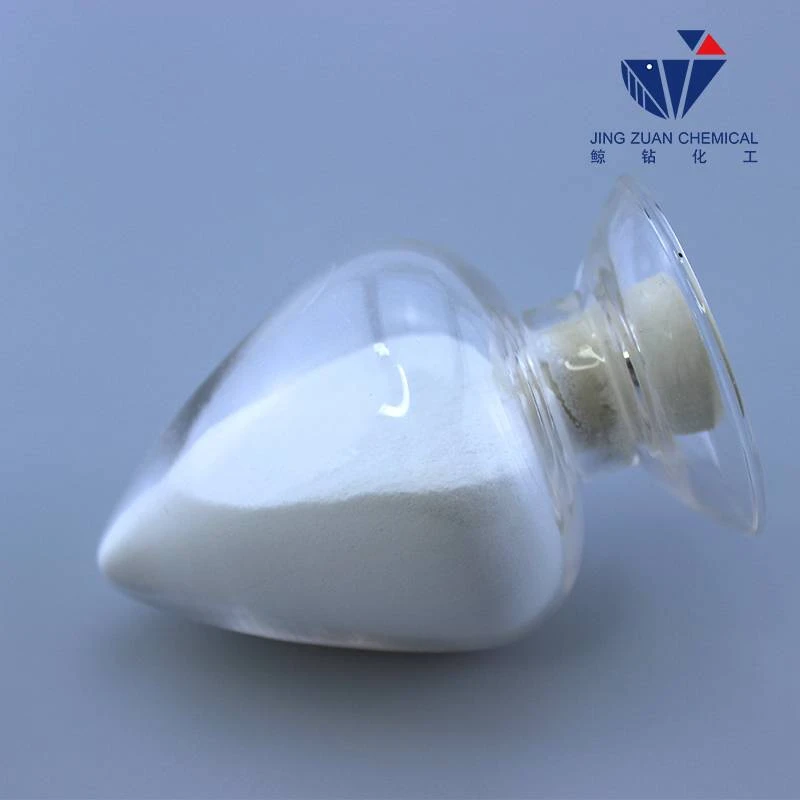
Nov . 05, 2024 14:52 Back to list
hpmc for detergent
HPMC for Detergent Enhancing Performance and Sustainability
Hydroxypropyl methylcellulose (HPMC) has emerged as an essential ingredient in the formulation of modern detergents, playing a crucial role in improving their overall performance and sustainability. As consumer demands evolve, the role of HPMC in detergents has gained significance, driven by the need for environmentally friendly solutions without compromising efficiency.
What is HPMC?
Hydroxypropyl methylcellulose is a non-ionic, biodegradable polymer derived from natural cellulose. It is produced through the modification of cellulose by the introduction of hydroxypropyl and methyl groups, which enhance its solubility in water and overall functionality. HPMC is widely used in various applications, including pharmaceuticals, food, and construction, but its incorporation into detergent formulations has recently gained traction.
Enhancing Detergent Performance
One of the primary advantages of using HPMC in detergents is its ability to act as a thickening agent. This property enhances the texture and stability of liquid formulations, allowing for better suspension of active ingredients. A well-thickened detergent not only offers a premium user experience but also ensures that active components, such as surfactants and enzymes, are uniformly distributed, optimizing cleaning efficacy.
Moreover, HPMC exhibits excellent water retention properties. This feature is particularly beneficial in dry formulations, as it aids in preventing the caking of powders. By retaining moisture, HPMC helps maintain the efficacy of cleaning agents until the moment of use, ensuring that consumers achieve the best possible results.
Improved Stain Removal
Stain removal is a critical factor for consumers when choosing a detergent, and HPMC contributes significantly to this attribute. The polymer acts as a protective agent, reducing the redeposition of soil and stains onto fabrics during the washing process. By forming a protective barrier around dirt particles, HPMC facilitates their removal from fabrics, leading to cleaner clothes with every wash. This characteristic not only boosts the detergent's effectiveness but also reinforces consumer satisfaction.
Sustainability Considerations
hpmc for detergent

In recent years, there has been a growing trend towards developing sustainable products, and HPMC aligns perfectly with this movement. Traditional detergent formulations often rely on synthetic polymers that can have adverse environmental impacts. In contrast, HPMC is biodegradable and derived from natural sources, making it a more environmentally responsible choice.
Furthermore, HPMC can help formulate detergents that require lower concentrations of active ingredients to achieve the same cleaning power. This reduction not only lowers the environmental footprint of the product but also decreases packaging waste, aligning with the global push for sustainability in consumer goods.
Compatibility with Other Ingredients
HPMC's versatility extends to its compatibility with a wide range of other ingredients commonly found in detergents, including surfactants, builders, and enzymes. This compatibility allows formulators to design customized products that cater to specific cleaning needs while maintaining performance. Whether it's a detergent designed for delicate fabrics or an industrial-grade cleaner, HPMC can be tailored to meet a variety of requirements.
The Future of HPMC in Detergent Formulations
As the demand for sustainable and high-performance cleaning products continues to rise, the use of HPMC in detergent formulations is expected to expand. Manufacturers are increasingly recognizing the value of incorporating this polymer to enhance product performance while also addressing environmental concerns.
Innovations in the manufacturing processes of HPMC are likely to lead to even more efficient forms of this polymer, potentially reducing costs and increasing its availability for use in commercial and consumer-grade detergents. As research progresses, new applications and formulations incorporating HPMC may emerge, setting new standards in the detergent industry.
Conclusion
In conclusion, Hydroxypropyl methylcellulose presents an array of benefits for detergent formulations, from improved cleaning performance to sustainability advantages. As consumer awareness surrounding environmental issues increases, incorporating biodegradable and effective ingredients like HPMC will be vital for manufacturers aiming to meet market demands. By championing the use of HPMC, the detergent industry can pave the way for a cleaner, more sustainable future—one wash at a time.
-
Versatile Hpmc Uses in Different Industries
NewsJun.19,2025
-
Redispersible Powder's Role in Enhancing Durability of Construction Products
NewsJun.19,2025
-
Hydroxyethyl Cellulose Applications Driving Green Industrial Processes
NewsJun.19,2025
-
Exploring Different Redispersible Polymer Powder
NewsJun.19,2025
-
Choosing the Right Mortar Bonding Agent
NewsJun.19,2025
-
Applications and Significance of China Hpmc in Modern Industries
NewsJun.19,2025







